Bucket-list British islands that are NOT in Britain
Home from home
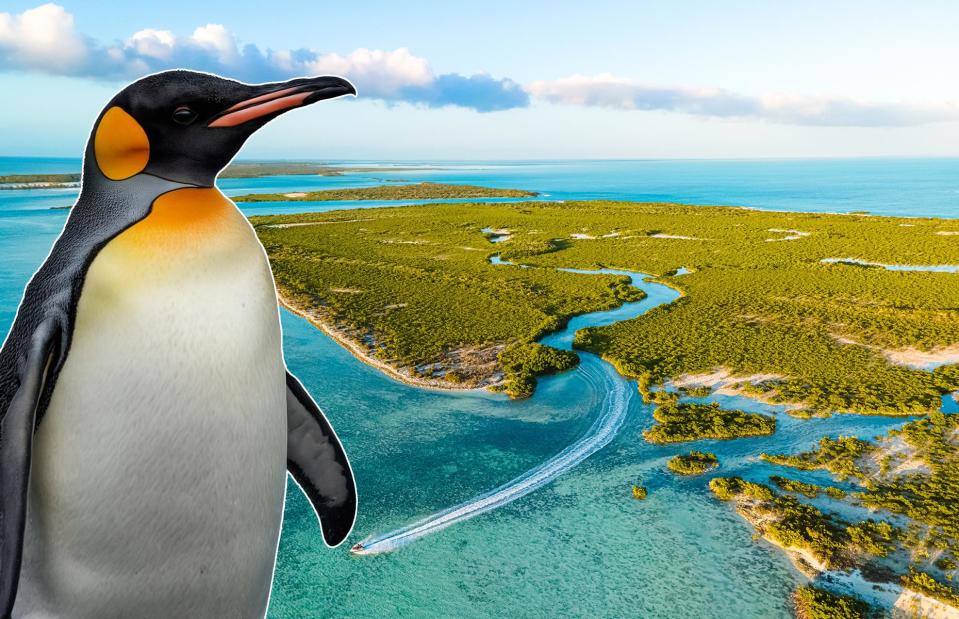
Behramkhan03/Renise Peters/Shutterstock
From the 17th to the 20th centuries, the British Empire grew to be one of the largest and most powerful empires in history, encompassing nearly a quarter of the globe at its height in 1920. Its vast reach spanned remote mid-Atlantic outposts and rugged volcanic islands to Caribbean archipelagos and isolated Arctic territories. Today, these regions maintain unique cultures and identities, shaped in part by their histories and connections with Britain.
Read on to learn about the diverse British Overseas Territories far beyond the shores of Great Britain...
Bermuda
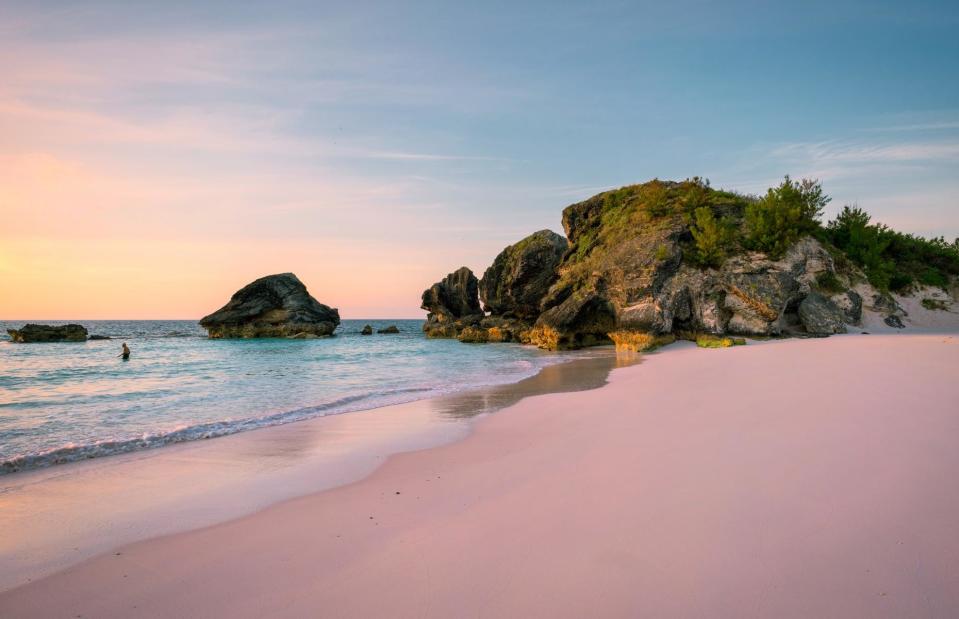
Romiana Lee/Shutterstock
With its turquoise waters and stunning pink sands, Bermuda is often regarded as a jewel of the western North Atlantic Ocean. Settled by the English in 1609, after the shipwreck of the Sea Venture, it is one of the oldest British Overseas Territories. Bermuda consists of seven main islands and over 150 smaller islets, covering about 21 square miles (54sq km). The island's famous pink sands are created by the combination of crushed coral, shells and calcium carbonate from marine organisms, giving the beaches their distinctive colour.
Bermuda
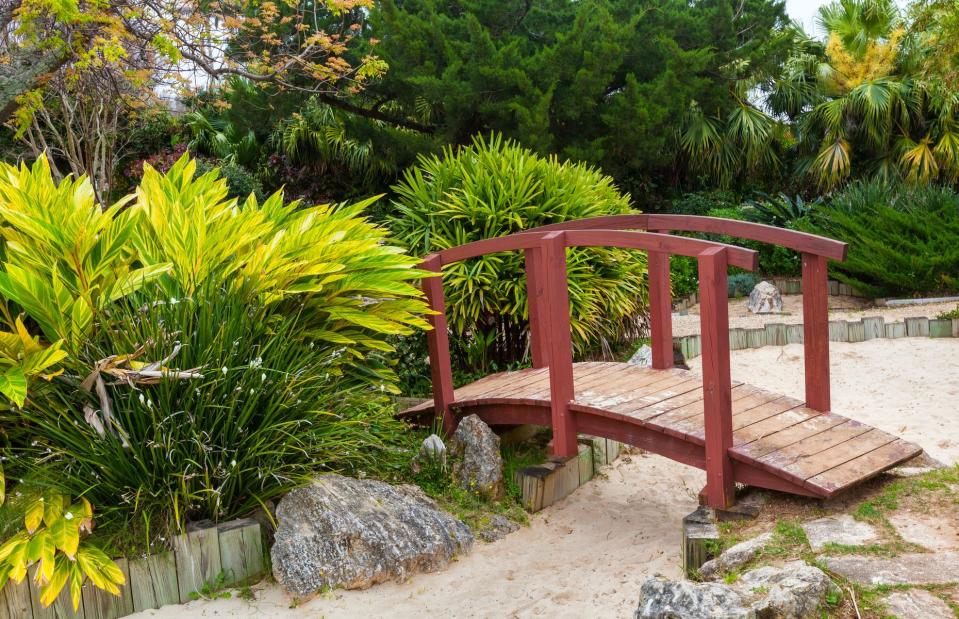
VJMatthew/Shutterstock
Inspired by Bermuda’s beauty, Beatles singer John Lennon famously wrote about 25 songs during a prolonged stay here in 1980. Lennon named Double Fantasy, his final album before he was murdered, after a freesia he found in the island’s Botanical Garden. Today, a sculpture named ‘Double Fantasy’ commemorating the singer can be found on the 36-acre site alongside flower-filled gardens, ponds, greenhouses and woodland.
Bermuda
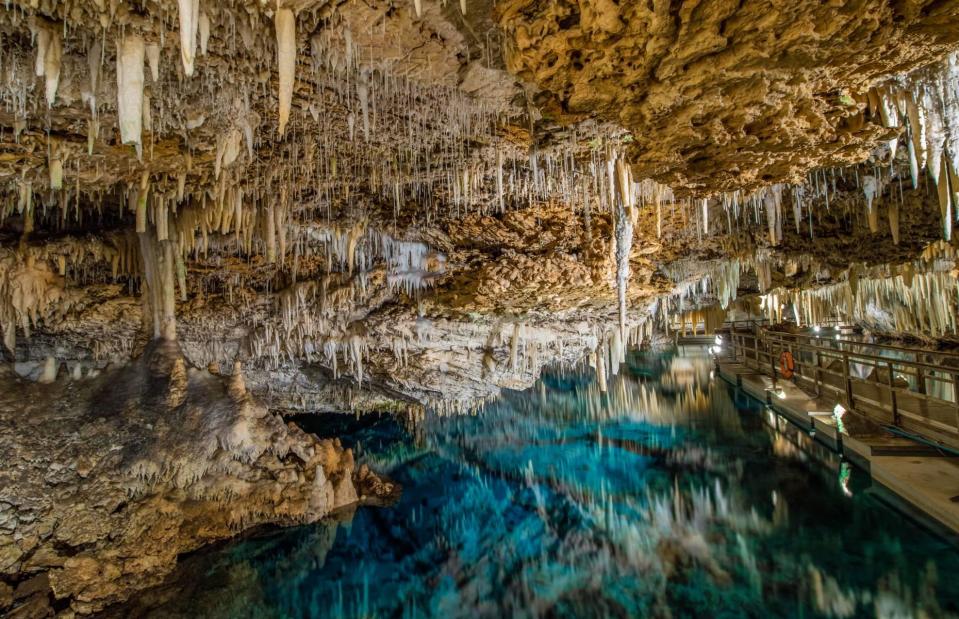
Scott Heaney/Shutterstock
Buried deep below ground is one of Bermuda's most awe-inspiring natural wonders. Thought to be millions of years old, the Crystal Caves were accidentally discovered by two teenagers in 1907 while they were playing cricket. With its towering stalagmites and delicate soda straws that drip from the ceiling into an azure underground lake, the enchanting caves are truly a sight to behold.
Pitcairn Island
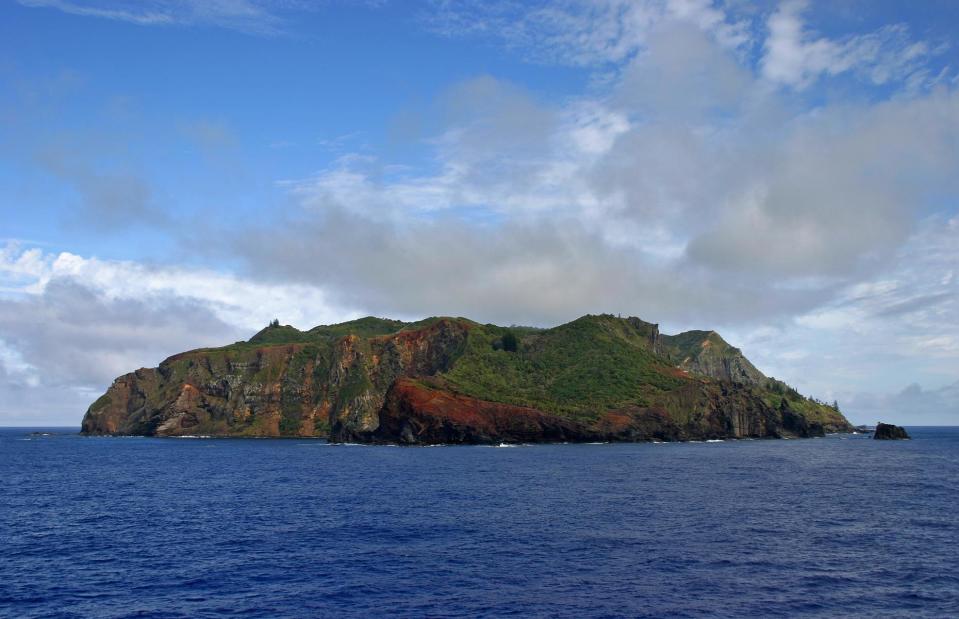
ClaudeHuot/Shutterstock
This remote volcanic island in the middle of the South Pacific is one of the smallest and most isolated inhabited islands in the world. Pitcairn was colonised in 1790 when 12 mutinous sailors took over the HMS Bounty and set Captain Bligh and 18 members of his crew adrift before settling on the island. Today, Pitcairn is home to around 50 people, the majority of whom are direct descendants of the Bounty mutineers and a group of Polynesians that accompanied them.
Pitcairn Island
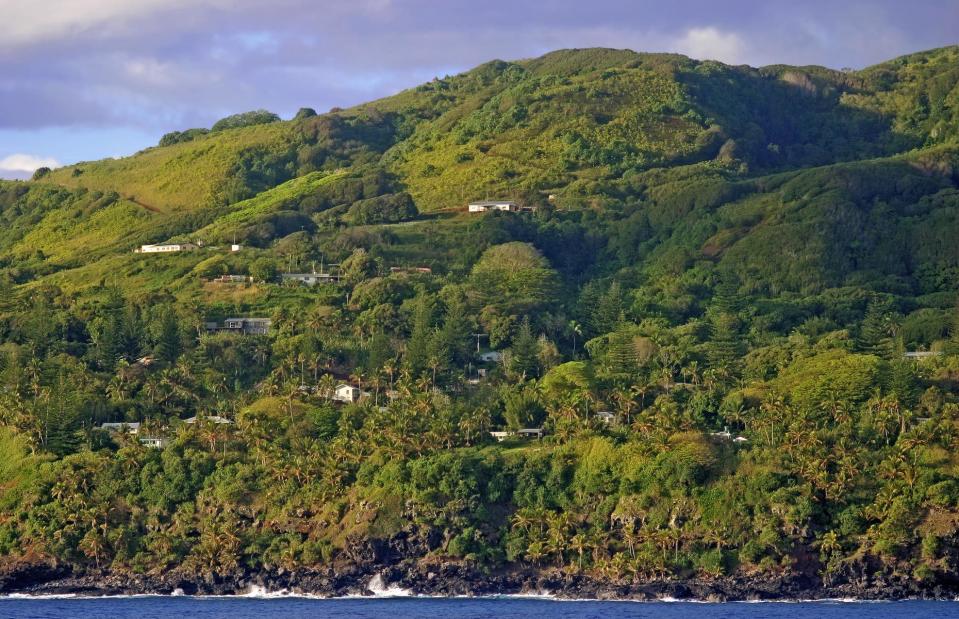
ClaudeHuot/Shutterstock
Pitcairn forms part of the Pitcairn Island Group alongside the islands of Henderson, Ducie and Oeno but is the only one that is inhabited. Sadly, with its limited access, Pitcairn’s small and ageing population is at risk of dying out and, due to lack of employment, relies heavily on aid from the British government. Despite its remote setting, the island’s unspoiled natural beauty and tranquil scenery usually attract a small trickle of tourists each year.
Pitcairn Island
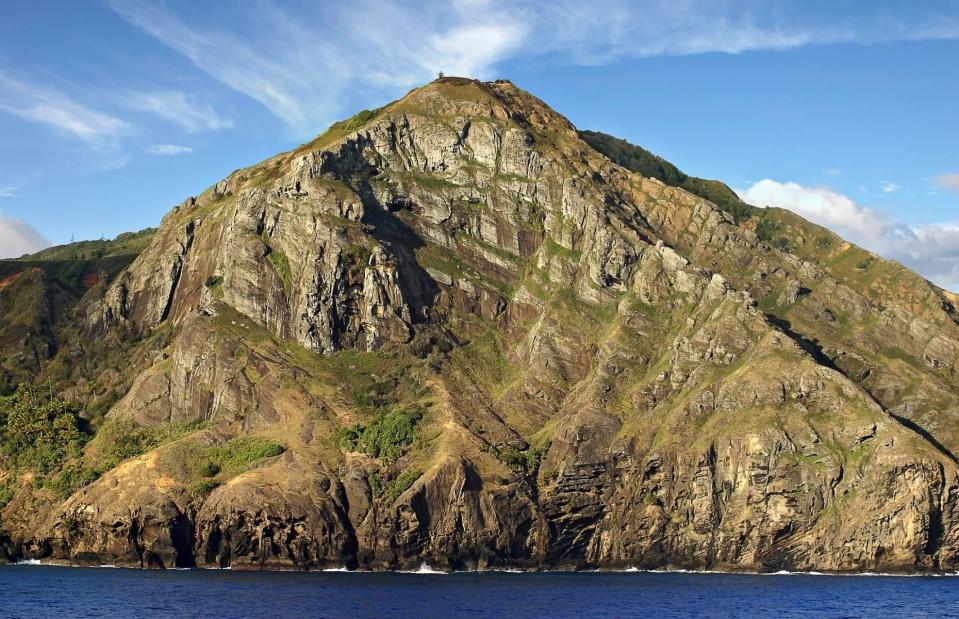
Claude Huot/Shutterstock
Pitcairn and its neighbouring islands are characterised by their subtropical greenery, sparkling blue waters and abundance of wildlife. Its isolated location means that visitors can only get to Pitcairn by flying from Tahiti to Mangareva and then taking a 32-hour boat ride to the island. Highlights from Pitcairn include the pretty tidal pool known as St Paul’s Pool, the resident humpback whales that frolic in the waters and the wreck of the famous HMS Bounty ship just off the coast.
Anguilla
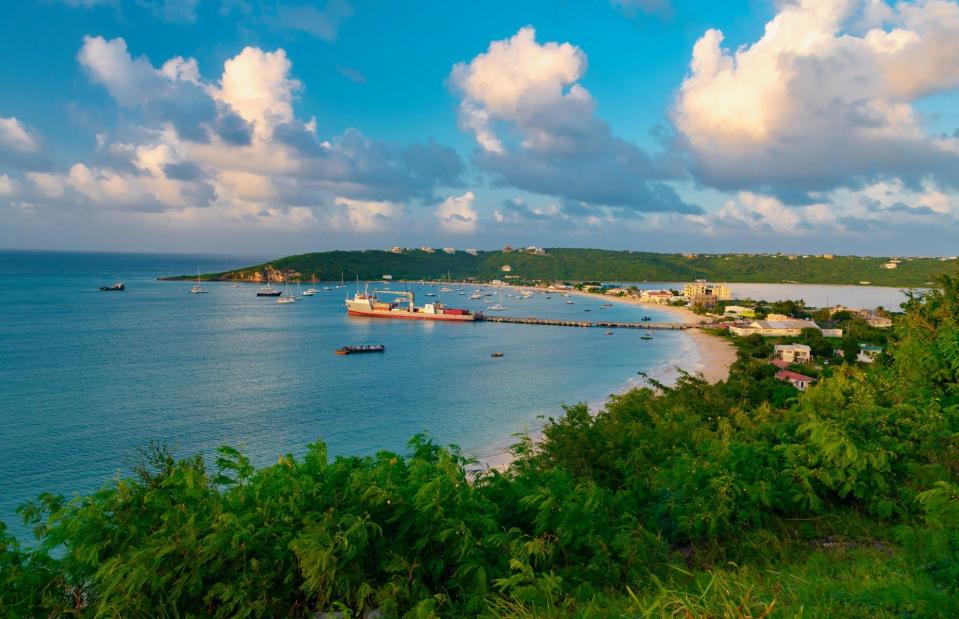
DiegoMariottini/Shutterstock
Measuring just 16 miles (26km) long, this tiny Caribbean island is the smallest of the British Overseas Territories and the oldest in the Caribbean. Anguilla was colonised by English settlers in 1650 who established its cotton and later sugar plantations, which were a major part of the island’s economy until the abolition of slavery in Britain's colonies in 1833. Today, tourism is Anguilla’s main industry and, despite being badly hit by Hurricane Irma in 2017, it continues to be a much-loved tourist hotspot.
Anguilla
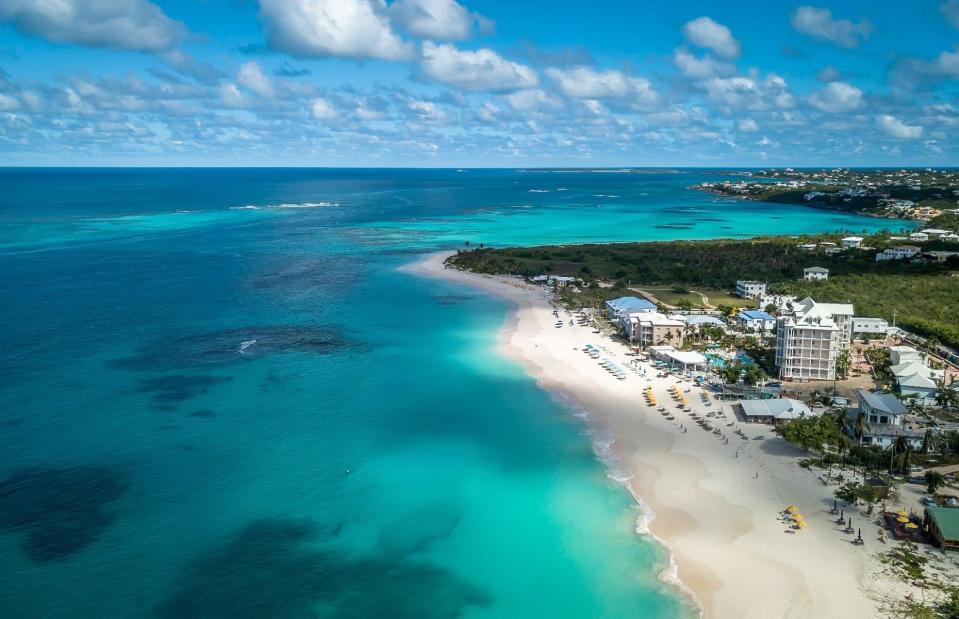
BeyondEnvision/Shutterstock
With its picturesque palm-fringed sands and bold blue waters, Anguilla’s beaches are widely believed to be among the most beautiful in the Caribbean. Dotted with luxury villas overlooking the glittering water, Shoal Bay and Rendezvous Bay are home to some of the island’s most picturesque stretches of sand. Anguilla is often ranked among the best islands in the world and among the best in the Caribbean.
Anguilla
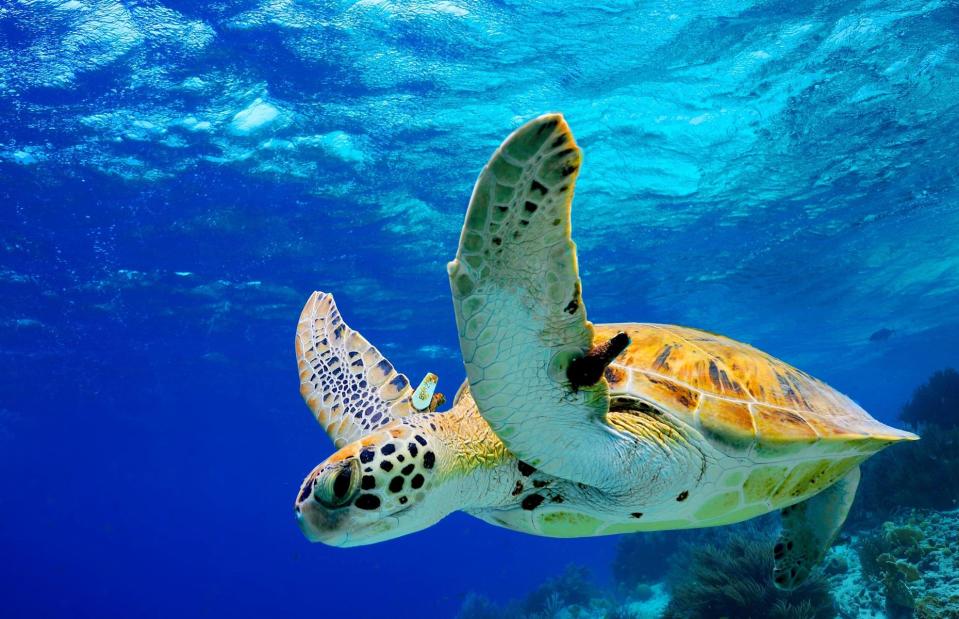
IsabelleKuehn/Shutterstock
The island’s reefs are buzzing with marine life including tropical fish, turtles and stingrays, while its shores are a favoured spot for resident and migrating birds. Its clear warm waters and tranquil coves make Anguilla a popular spot for snorkelling, kayaking and sailing. As boating is Anguilla’s national sport, the island typically hosts several yacht races throughout the year.
Cayman Islands
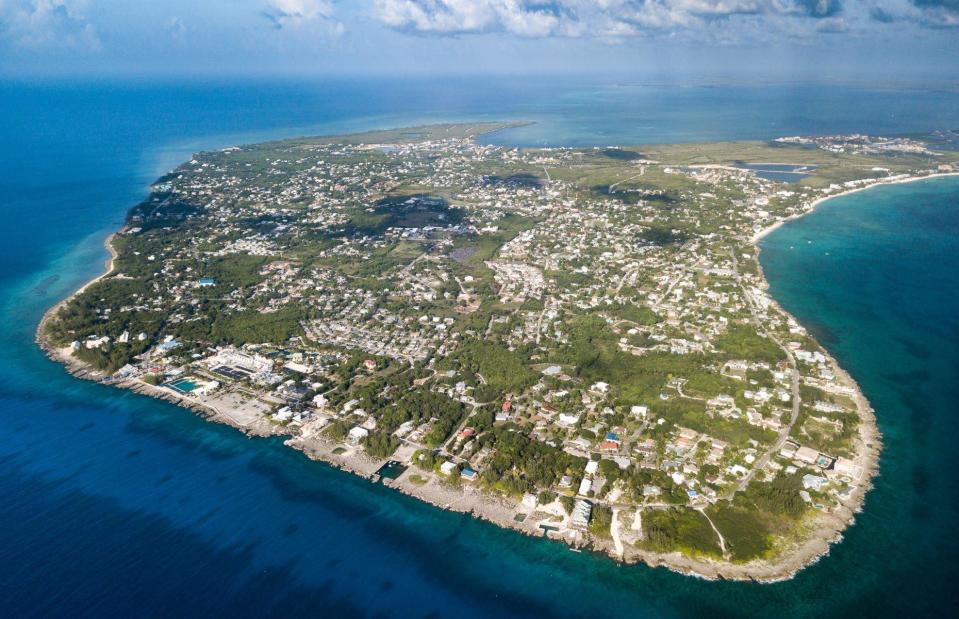
Richard Whitcombe/Shutterstock
Known for being a tax haven, the Cayman Islands in the Caribbean has more registered businesses than inhabitants. Although the islands were first sighted by explorer Christopher Columbus in 1503 when his ship travelling to the New World was blown off course, its first recorded English inhabitants didn’t arrive until the 1650s. The settlers came from the disbanded army of Oliver Cromwell in Jamaica. Since then, with their tropical climate, picture-perfect beaches and abundance of wildlife, the islands have become a popular holiday destination.
Cayman Islands
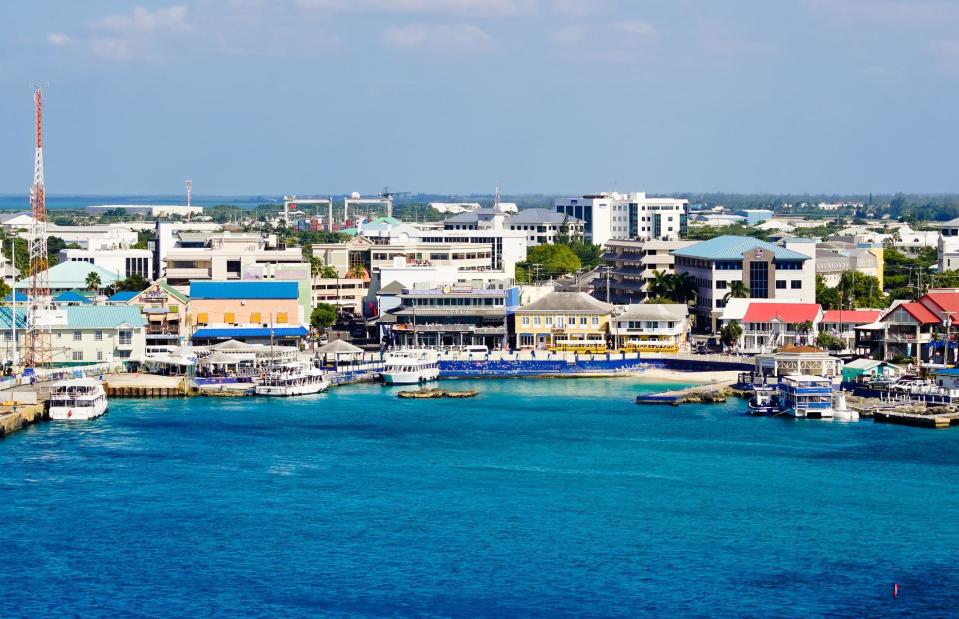
Yingna Cai/Shutterstock
There are three islands, Cayman Brac, Little Cayman and Grand Cayman which, at 22 miles (35km) long, is the largest of the group. Grand Cayman is home to the Cayman Islands’ capital city, George Town, which is also its financial hub. The small city features the Cayman Islands National Museum, housed in one of its oldest public buildings, dating back to the 1830s. The museum’s collection of over 8,000 items includes local artefacts, artwork and information about Cayman flora and fauna.
Cayman Islands
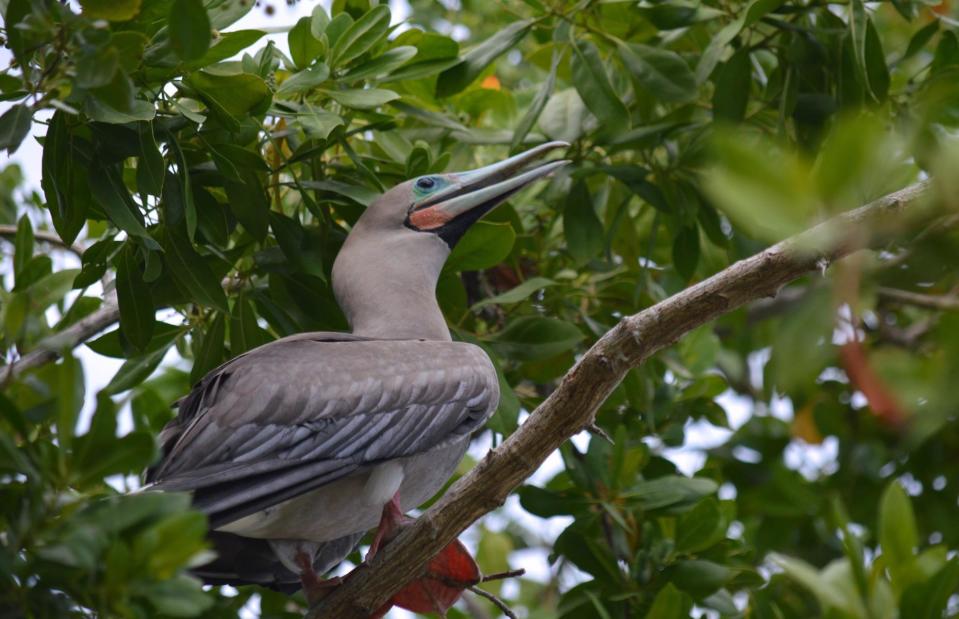
Mady MacDonald/Shutterstock
At just 10 miles (16km) long, Little Cayman may be the Cayman's smallest island, but it is packed with impressive scenery and wildlife. Covering over 300 acres, the Booby Pond Nature Reserve is the island’s biggest draw. With its extremely rare population of native plants and birds, including the famous red-footed booby, the site has been recognised as a Wetland of International Significance.
British Antarctic Territory
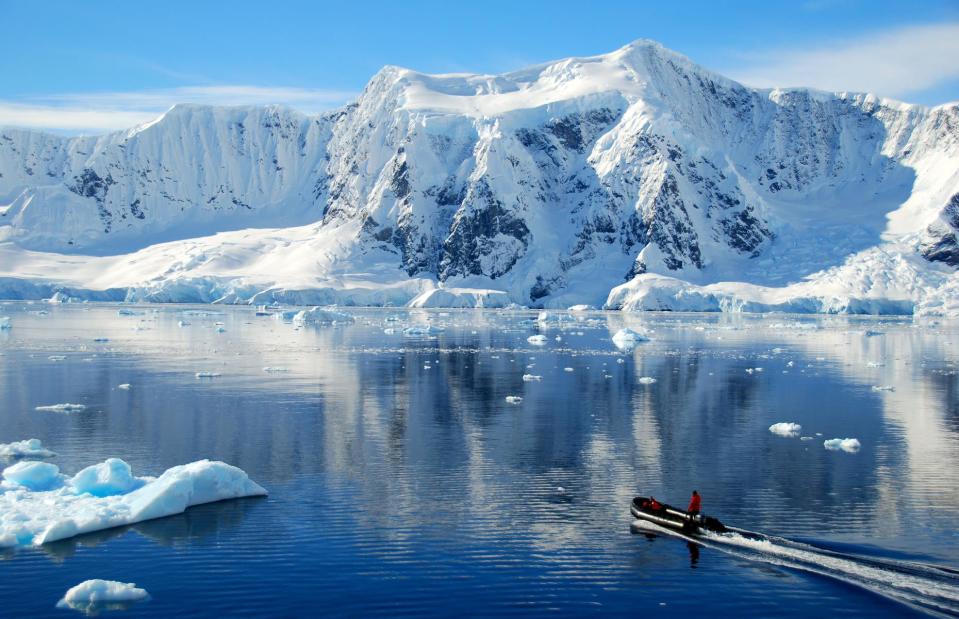
Fivepointsix/Shutterstock
Known as the largest British Overseas Territory, this vast patch of the Antarctic was first claimed as a British territory in 1908. Stretching for some 666,000 square miles (1.7m sq km) from the South Pole, it is also the most southerly of the UK’s Overseas Territories. Although 99% of the land is covered in a permanent ice sheet, the terrain here varies immensely from jagged, snow-clad mountains to expansive ice plains and dramatic glaciers.
British Antarctic Territory
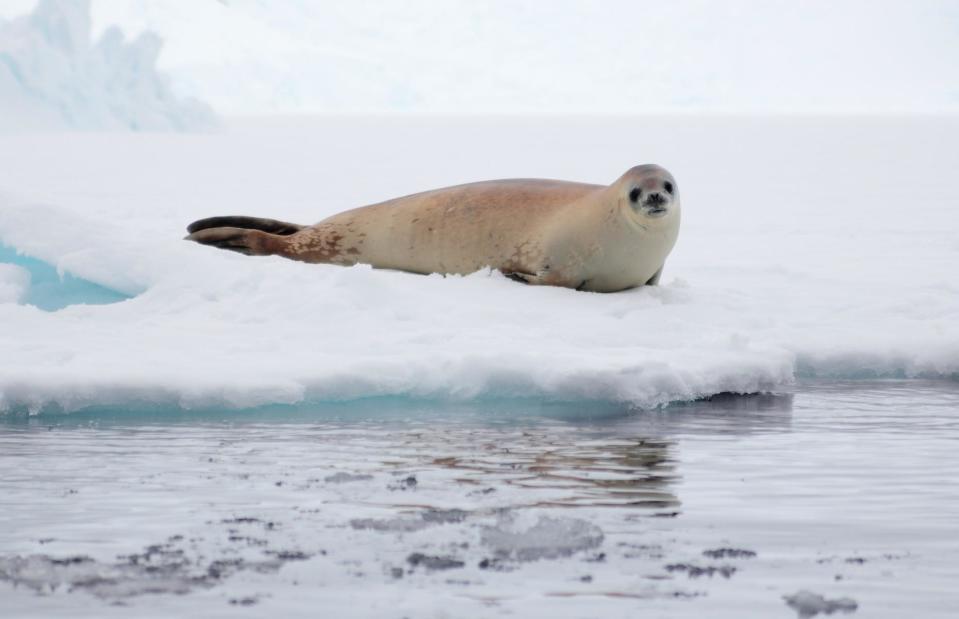
Andrew Mobbs/Shutterstock
No permanent population exists here but there are three manned research stations run by the British Antarctic Survey keeping track of the wildlife and environment. During the Antarctic summer (November to March), over 250 people work at these stations, but this drops to about 30 during winter. Tourists are allowed to visit during the warmer months, usually via expedition cruises. However, access is carefully regulated to protect the environment. Along with its snowy sights, the wildlife is a major highlight, particularly the huge colonies of penguins and seals.
British Antarctic Territory
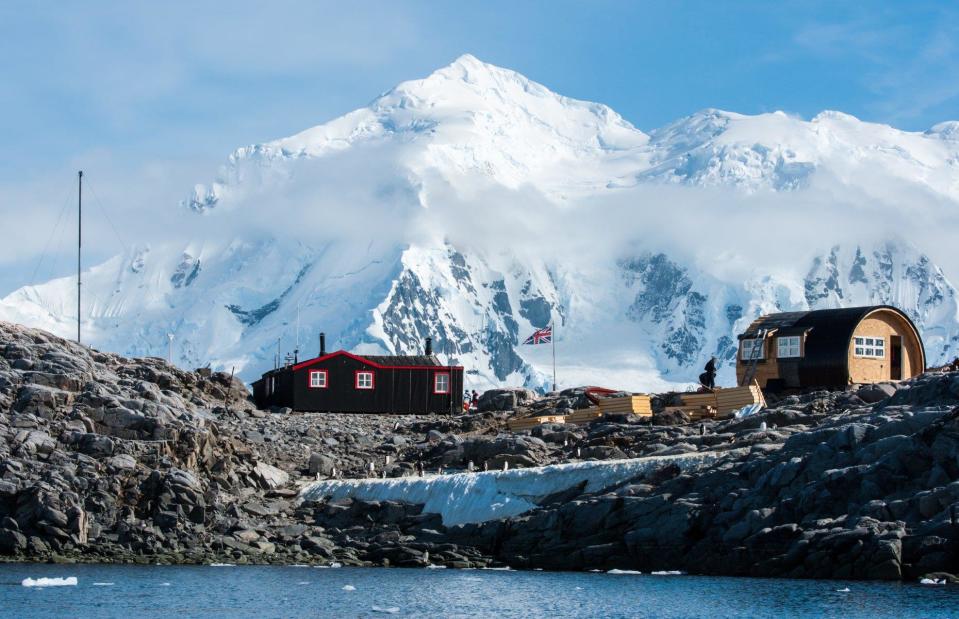
Willem Tims/Shutterstock
Located on Goudier Island off the Antarctic Peninsula, Port Lockroy is a historic site managed by the UK Antarctic Heritage Trust. It has become one of the most popular tourist destinations in Antarctica, offering visitors a chance to explore its museum, gift shop and post office, which is the southernmost operational post office in the world. Each year, around 70,000 postcards are sent from this location to over 100 countries. Around 18,000 tourists visit annually during the summer months, making it one of Antarctica's busiest sites. Port Lockroy also plays an important role in monitoring the impact of tourism on the local gentoo penguin population.
British Virgin Islands
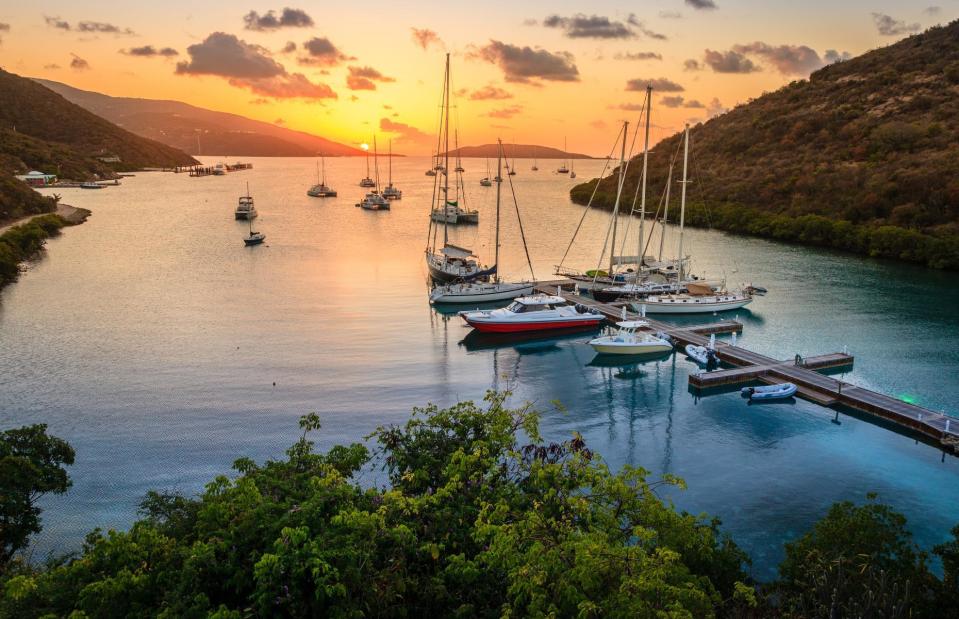
Alexey Stiop/Shutterstock
For years this volcanic archipelago in the Caribbean has been a major draw for the international sailing community. After decades of war, slavery and colonisation, the islands became a self-governing British territory in 1967. The territory is made up of more than 60 islands, but its main four are Virgin Gorda, Anegada, Jost Van Dyke and Tortola, the largest of the islands.
British Virgin Islands
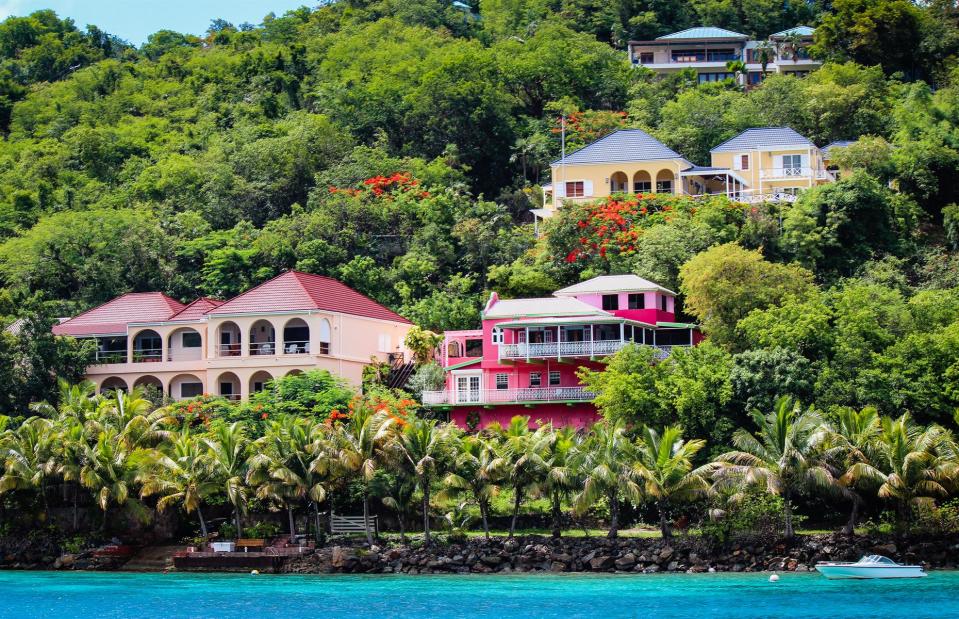
Nicole R Young/Shutterstock
In September 2017, the British Virgin Islands were also devastated by Hurricane Irma. The Category 5 hurricane tore through Tortola – the majority of its buildings were destroyed or severely damaged and at least a dozen people were killed. Since then, the islands have managed to recover and become a tourist destination once again.
British Virgin Islands
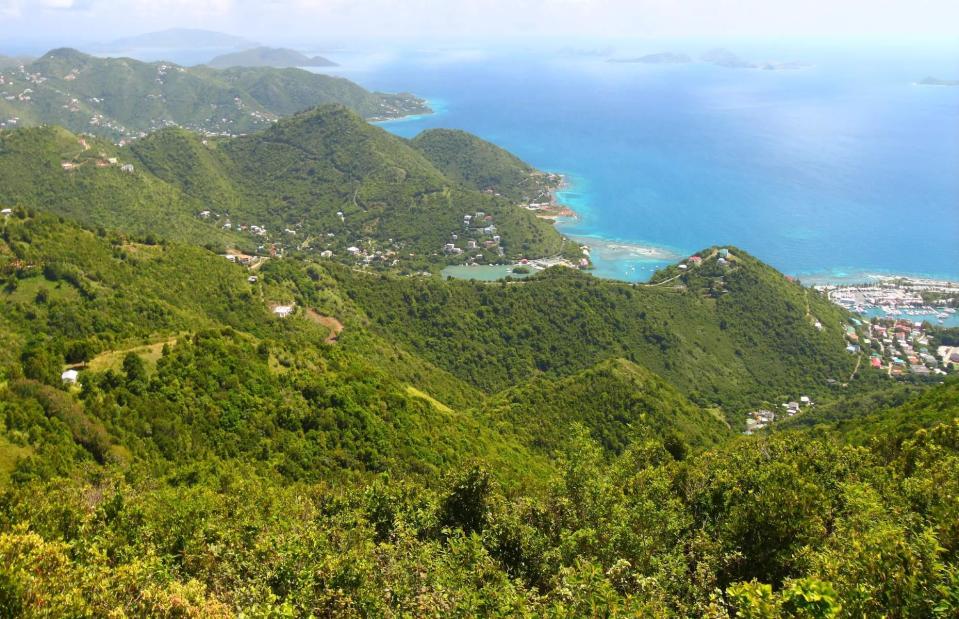
Jason Patrick Ross/Shutterstock
The string of idyllic islands is characterised by secluded stretches of powdery white sand, warm waters and tranquil scenery. The clear water, colourful coral reefs and spectacular shipwrecks make the islands popular for sailing and yachting. Another highlight is Mount Sage National Park, the first national park of the British Virgin Islands, located on Tortola. Rising 1,716 feet (523m) high, the foreboding peak provides panoramic views across the territory and is the highest point of both the British and US Virgin Islands.
Montserrat
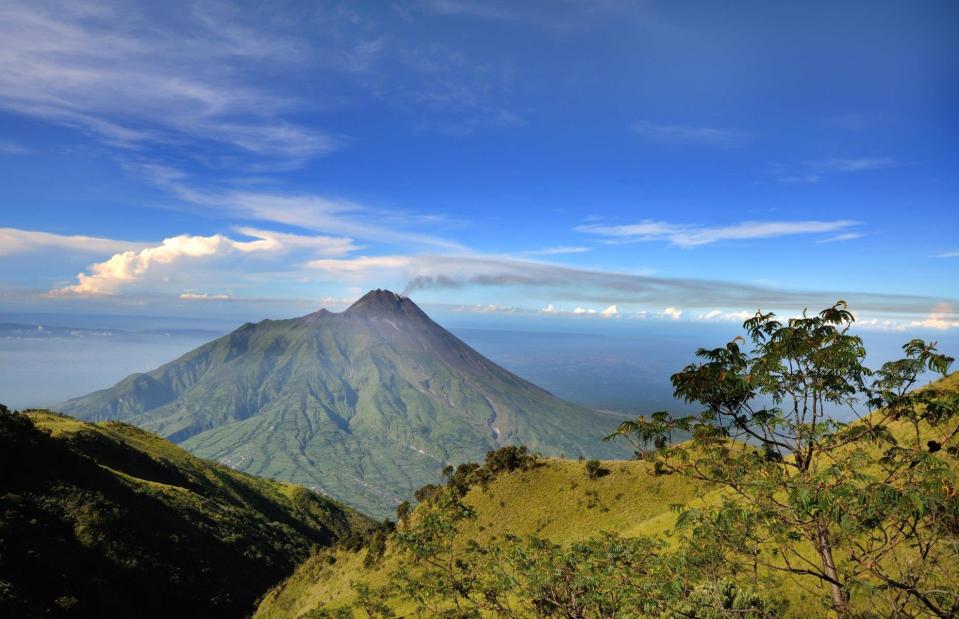
Shahrul Azman/Shutterstock
Nicknamed 'the Pompeii of the Caribbean', after a series of volcanic eruptions in the 1990s, Montserrat is one of the region's least-visited islands. For the first time in almost 350 years, its once-dormant Soufriere Hills volcano erupted in 1995, devastating the southern two-thirds of the island. As a result, over half of the population has since moved to North America and the UK. Today, the smoking Soufriere Hills volcano is still very much active, closely monitored by the Montserrat Volcano Observatory which was built following the disaster.
Montserrat
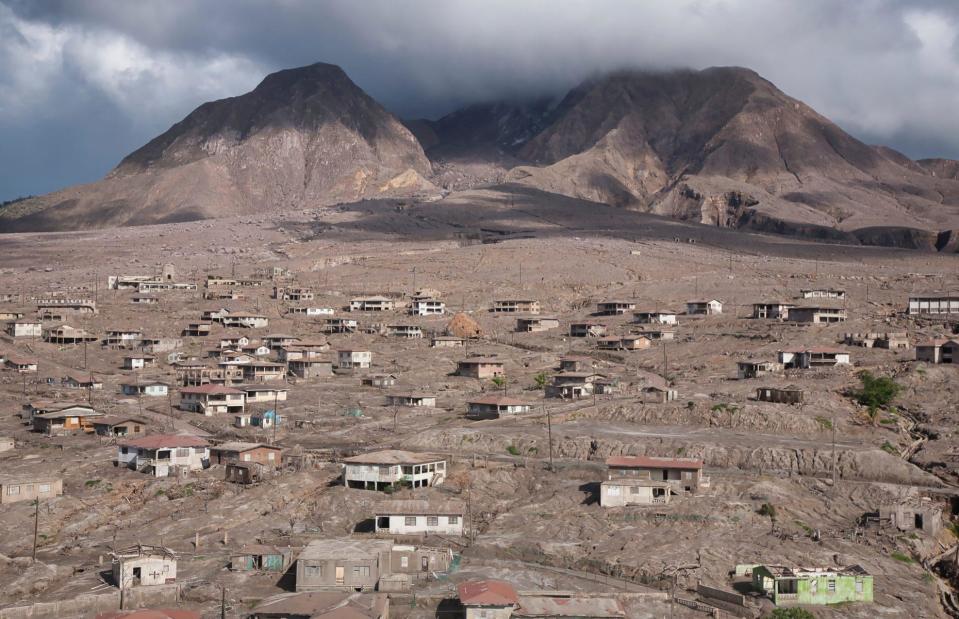
James Davis Photography/Shutterstock
Dubbed 'the buried city', Plymouth was once the island’s capital and main port before it was destroyed by the eruptions, which blanketed it in a thick layer of ash. It is the only volcanic-buried town in the Americas and was evacuated following the disaster. With its eerie ghost town feel, Plymouth is Montserrat's biggest attraction. As the city lies in the island’s Exclusion Zone, it can only be visited with a certified tour guide.
Montserrat
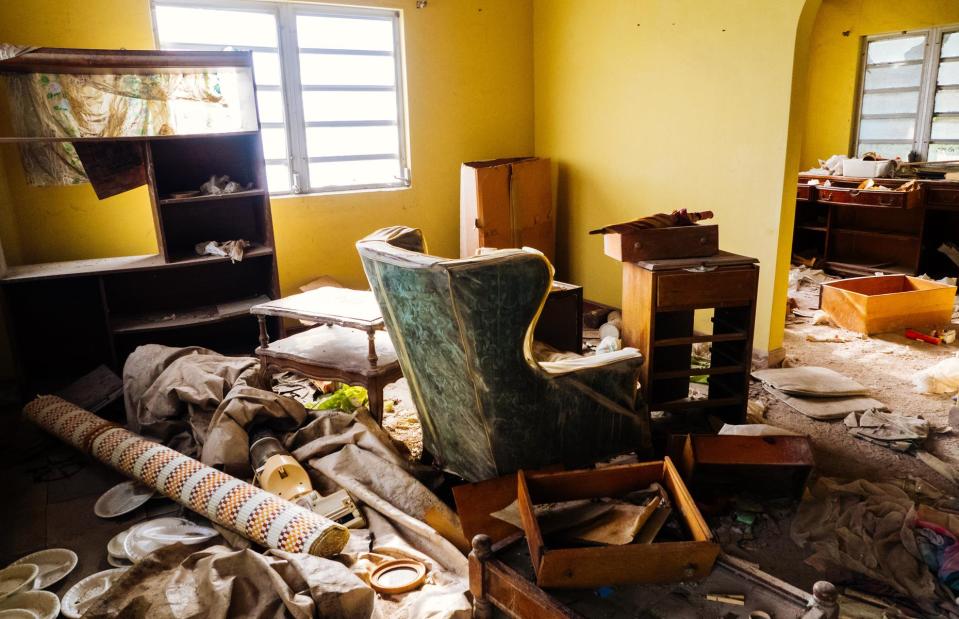
GorbAndrii/Shutterstock
The majority of Plymouth was destroyed by the eruptions and nature has taken over the remaining buildings, covering the city ruins in vegetation. Visitors can see the rooftops and the top floors of the city’s tallest buildings including the police station, school and church. Toys, books and clothes lie in homes while typewriters and paperwork left abandoned in office buildings are an ominous symbol of the power of Mother Nature.
Turks and Caicos
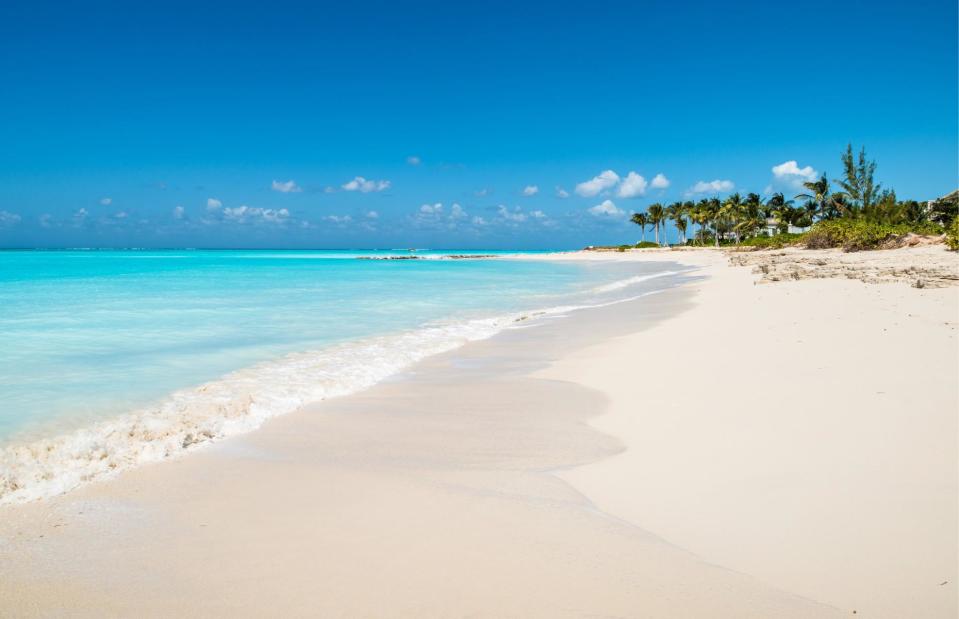
MevZup/Shutterstock
Considered one of the most picturesque destinations in the world, around 40 islands make up Turks and Caicos, a series of pearly white dots peppering the Atlantic Ocean. Providenciales is the most developed island and a major hub for tourism. With its miles and miles of soft white sand and sparkling blue waters, the island has won numerous 'best beach' accolades.
Turks and Caicos
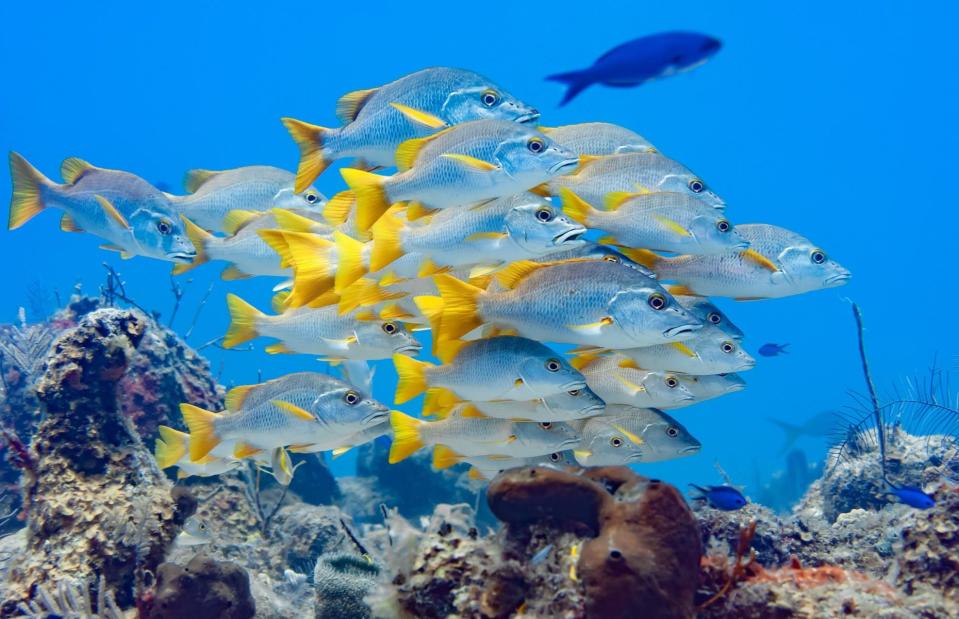
Eric Carlander/Shutterstock
Providenciales may be the biggest island of the Turks and Caicos but Grand Turk is the capital and is world-renowned for its diving. Home to one of the greatest diving walls in the world and one of the finest buried reefs in the tropical Atlantic, diving was once the island’s main source of tourism before the advent of cruise ships. With its great visibility and array of vibrant tropical fish, sea creatures and coral, it continues to be one of Grand Turk’s biggest draws.
Turks and Caicos
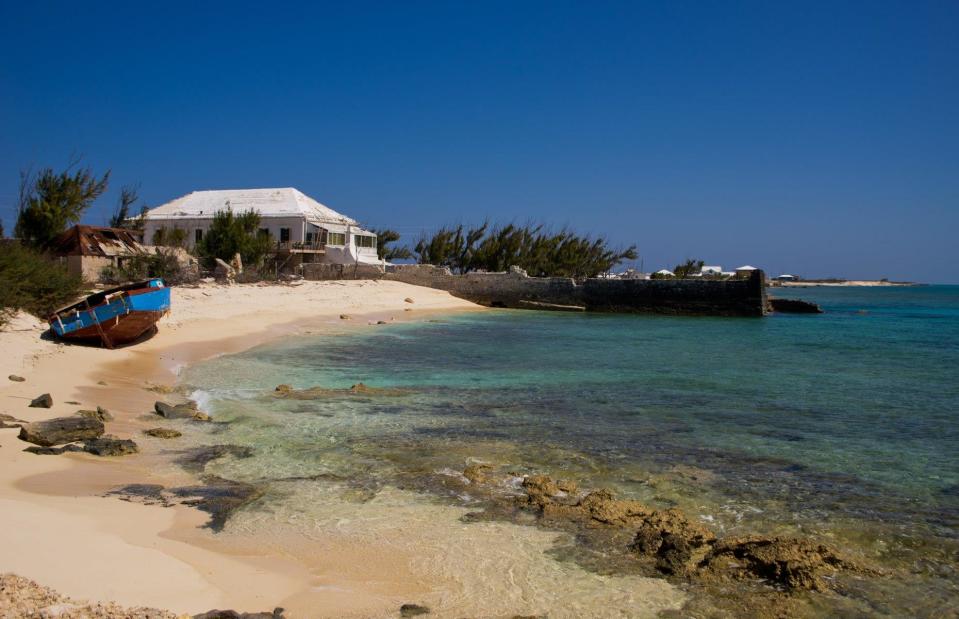
Paulharding00/Shutterstock
Salt Cay, the second largest of the islands, is another highlight. Its name comes from its history with sea salt production, which boomed for around 250 years before dying out in the mid-20th century. The ruins of the salt industry are still visible across the island, including some of the salt salinas. Between January and April, Salt Cay is also known for its resident humpback whales that migrate from the northern Atlantic, so whale watching is inevitably popular.
St Helena, Ascension and Tristan da Cunha

Umomos/Shutterstock
Scattered between Africa and South America in the South Atlantic, these remote outposts are some of the most isolated islands on Earth. Discovered by the Portuguese in 1502, St Helena became a Dutch then British possession under the English East India Company. Its strategic position made it an important port of call in the era of the British Empire. St Helena was also used for exiled prisoners including some 6,000 Boers and French Emperor Napoleon Bonaparte. Longwood House, where Napoleon died in 1821, is one of the island’s most famous sights.
St Helena, Ascension and Tristan da Cunha
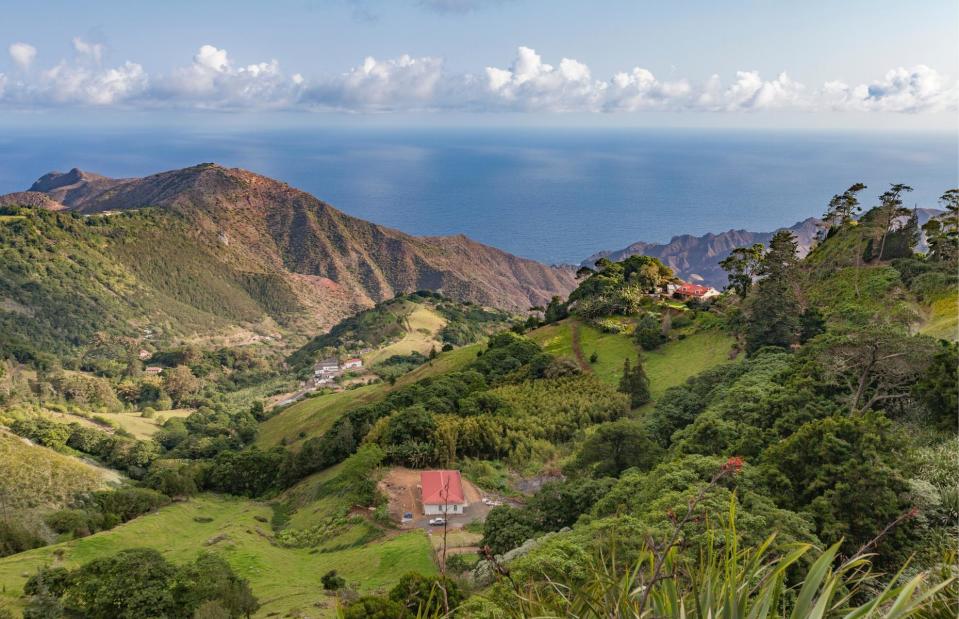
Umomos/Shutterstock
Before St Helena’s international airport opened for scheduled commercial flights in October 2017, the island’s only regular connection to the outside world was via the RMS St Helena, one of the last working Royal Mail ships, which continued service until February 2018. Due to its remote location and limited resources, the population of St Helena still relies on annual financial support from the British government.
St Helena, Ascension and Tristan da Cunha
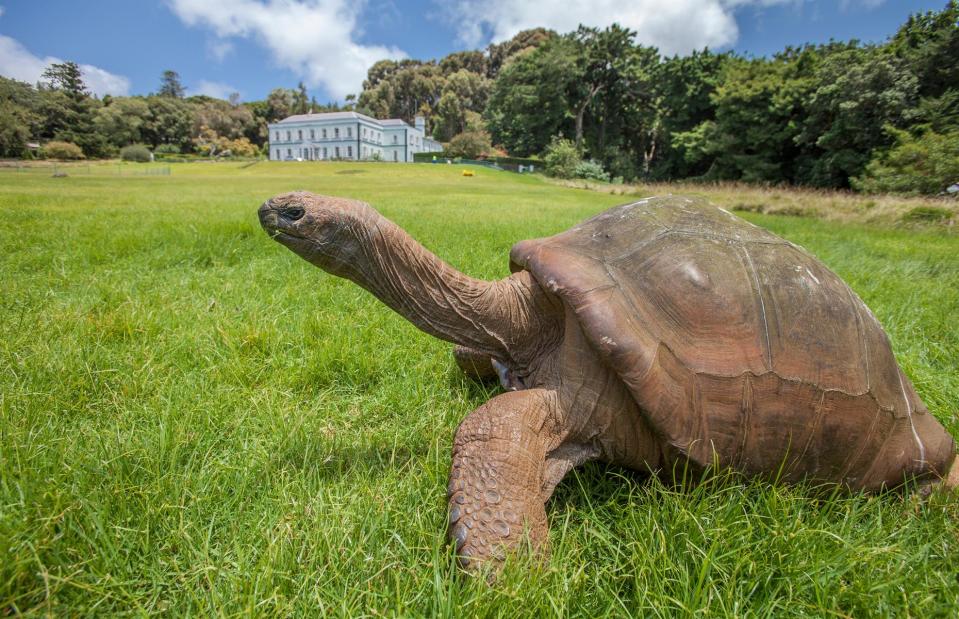
Umomos/Shutterstock
St Helena, with its rugged coastline and tropical climate, is home to an impressive array of wildlife. Over 500 endemic species are found on the island, representing approximately 30% of the biodiversity within the UK and its Overseas Territories. The island’s Marine Protected Area safeguards a rich marine ecosystem, where whale sharks and devil rays are regular visitors. Additionally, the eight shipwrecks surrounding the island have transformed into vibrant underwater habitats, attracting divers from across the globe.
South Georgia
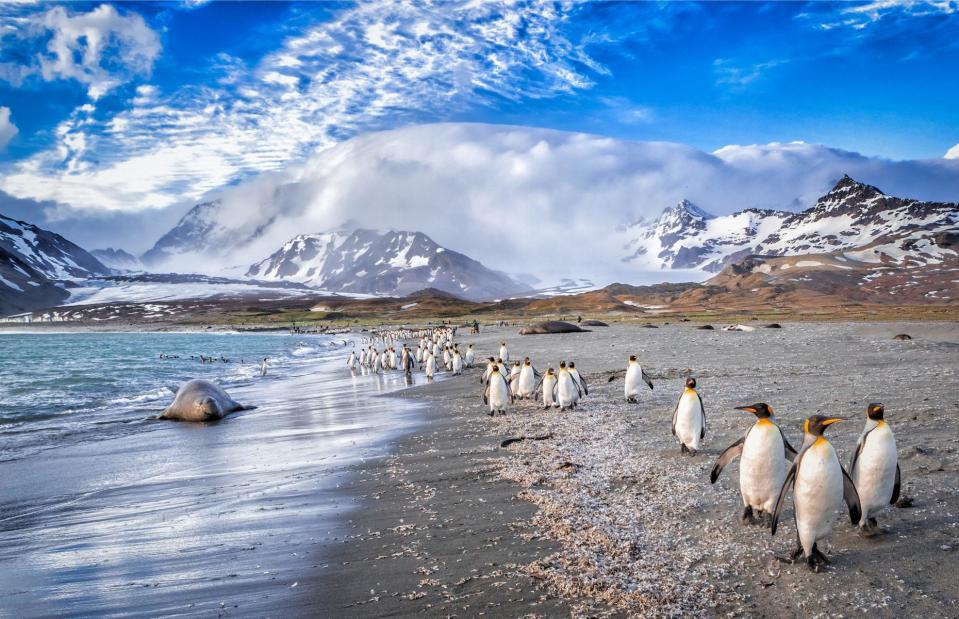
jo Crebbin/Shutterstock
Famed for its rugged natural beauty, this breathtaking wildlife sanctuary can be found in the southern Atlantic Ocean. Characterised by its snowy peaks, dazzling glaciers, emerald green bays and epic fjords, South Georgia has no permanent human residents except for two British Antarctic Survey bases. Penguins, albatrosses, seals and whales are just a few of the animals that can be found around the island.
South Georgia
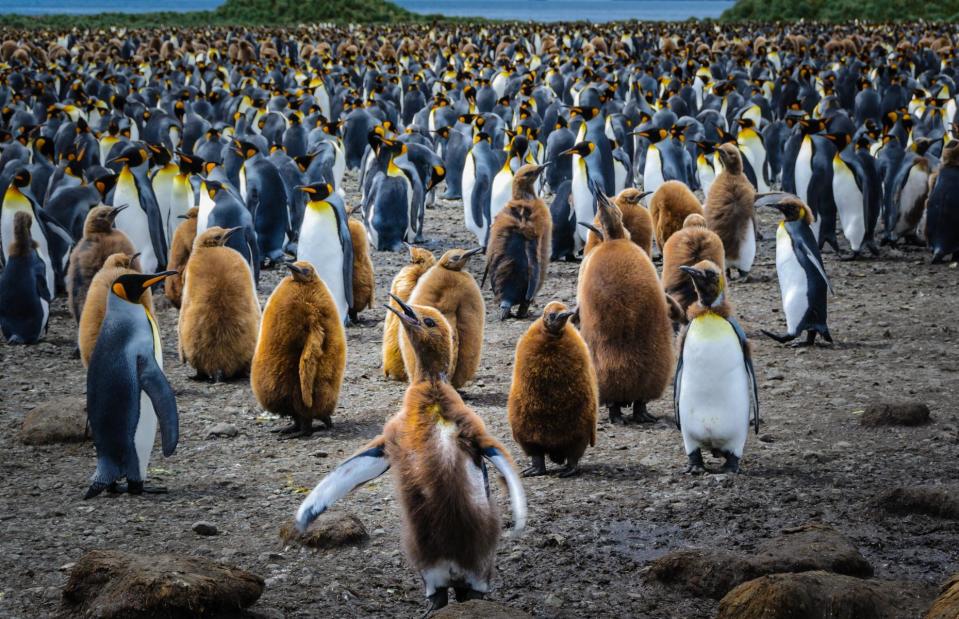
Tetyana Dotsenko/Shutterstock
Its secluded location means that South Georgia is only accessible by boat, making it one of the least-visited territories in the world. Considered one of the most important penguin breeding areas on Earth, the islands’ most famous residents are its king penguins. During the breeding season in their springtime in November, thousands of birds nest on the magnificent Salisbury Plain. It's a truly spectacular sight.
South Georgia
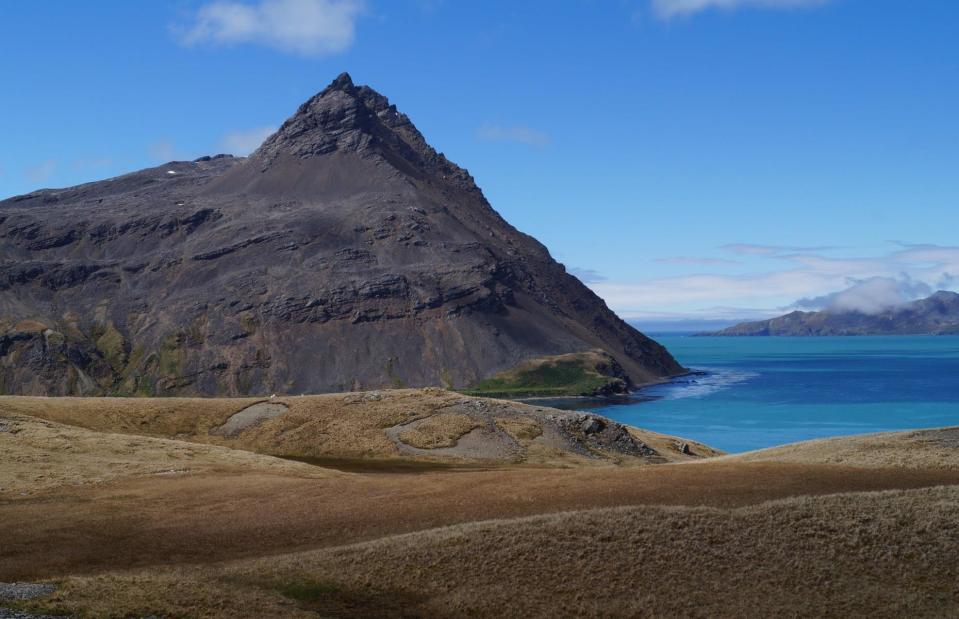
Michael Milton/Shutterstock
Aside from its beautiful wildlife, the picturesque Cumberland Bay is another highlight, where explorer Sir Ernest Shackleton is buried. The courageous explorer died of a heart attack here in 1922 en route to the Arctic. The cross that was erected by his crew at King Edward can still be seen across the bay from the cemetery where Shackleton was laid to rest.
Falkland Islands
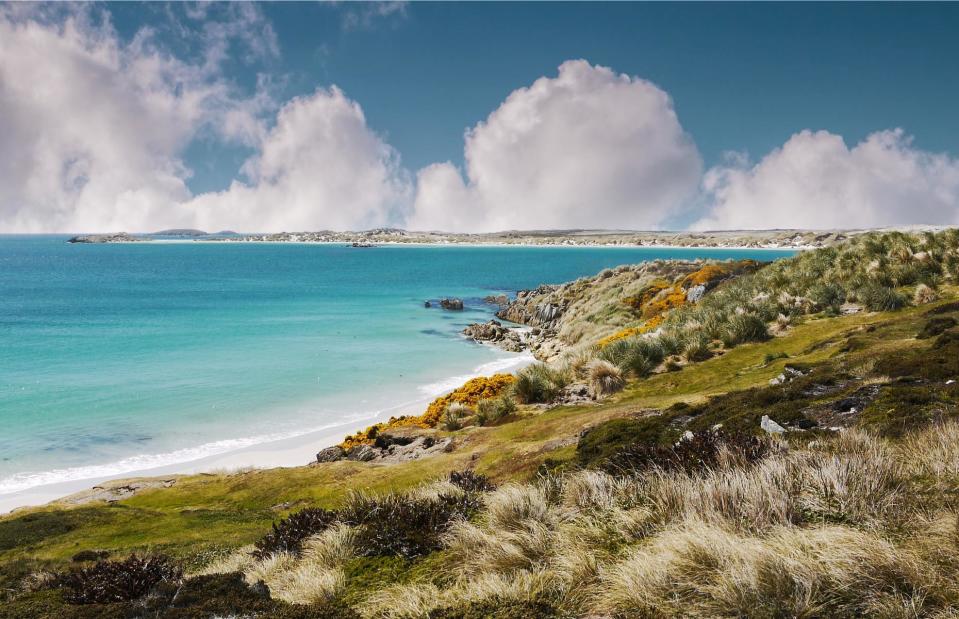
CherylRamalho/Shutterstock
Roughly 400 miles (650km) off the southeast coast of South America, the Falkland Islands have been a British Overseas Territory since 1833. First claimed by Britain in 1765, the islands were alternatively claimed and settled by the British, French and Spanish up until 1811 when all troops were withdrawn. Today, following the establishment of commercial fisheries, the Falkland Islands are a financially self-sufficient and almost entirely self-governing territory, although foreign affairs are handled by the British government.
Falkland Islands
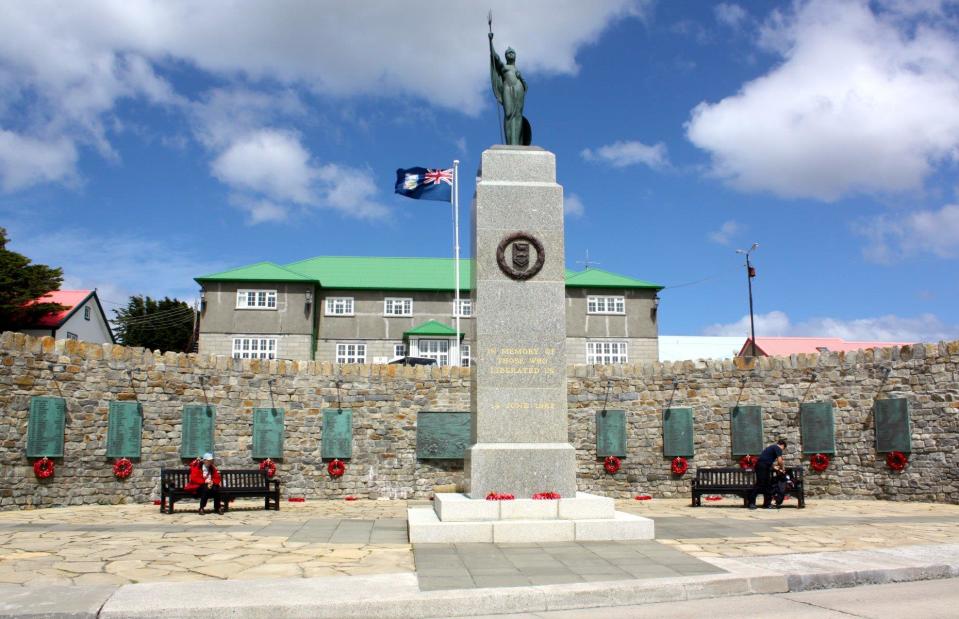
Joel dos Santos Matos/Shutterstock
Surrounded by the South Atlantic, the archipelago consists of two main islands (East and West Falkland) and roughly 778 smaller ones. Steeped in history, the islands are famed for being the site of a war between Britain and Argentina for control of the territory in 1982, known as the Falklands War. Various memorials commemorating the troops who perished have been placed around the islands including the Battle Memorial in the capital city Stanley on East Falkland.
Falkland Islands
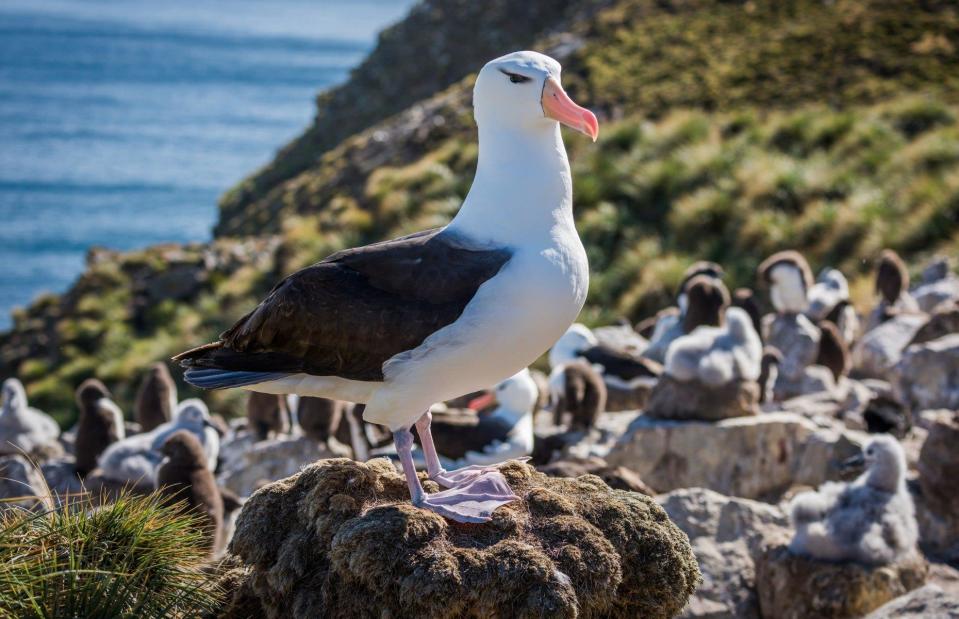
nwdph/Shutterstock
With their isolated and unspoiled setting, the islands are also world-renowned for their wildlife, particularly their seabirds. One of the world's largest colonies of black-browed albatrosses nests in the Falklands, alongside Gentoo, Magellanic and Rockhopper penguins. The marine life is just as varied, with species of whales, dolphins and seals spotted in the surrounding waters. It's no wonder the islands are hailed as one of the best places on Earth for wildlife watching.


